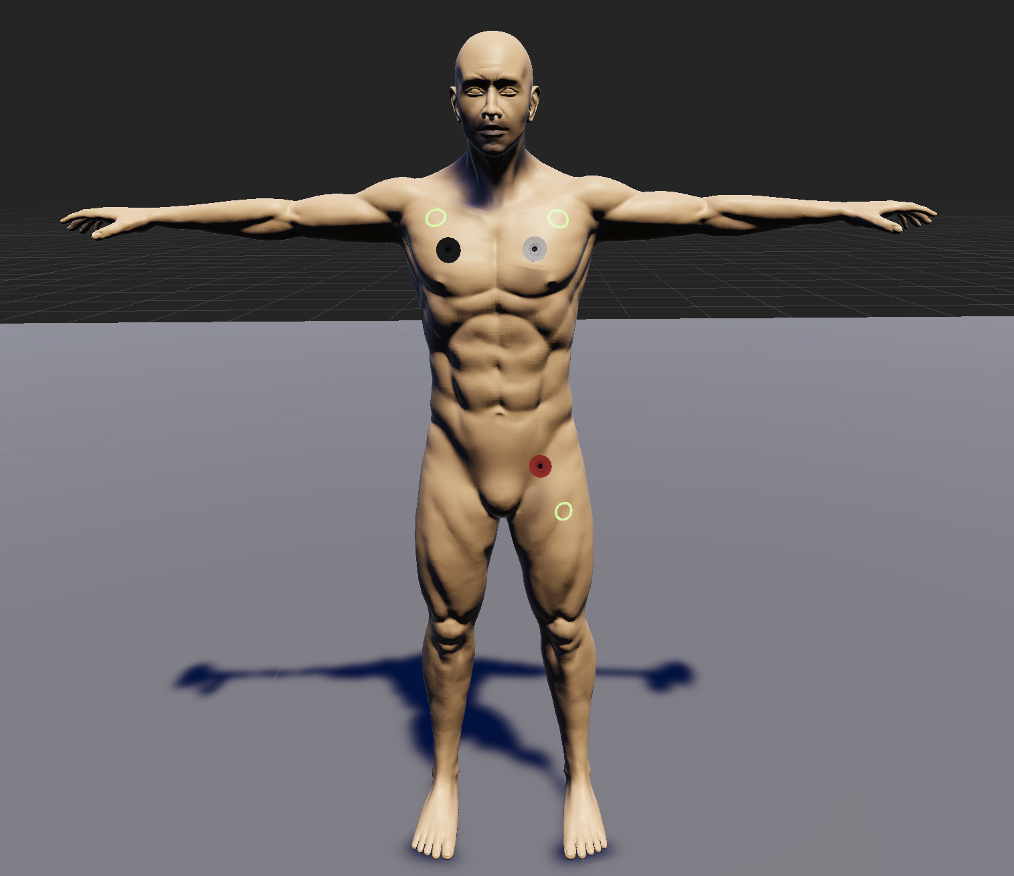IMMERSED IN: Medicine
VR-Electrocardiogram—Performing and understanding ECGs in virtual reality
DATE: Wednesday, June 30, 2021
TIME: 11 a.m. – 12 p.m. EDT
Presented by:
Elazer R. Edelman, M.D., Ph.D., Edward J. Poitras Professor in Medical Engineering and Science, MIT
Austin Edelman, S.B. MIT '21, Electrical Engineering & Computer Science (EECS)
Trevor Carter, Trent Piercy, & Bowen Wu, MIT EECS undergraduates
Abstract
The electrocardiogram (ECG) is a common, safe procedure used by cardiologists to diagnose a plethora of heart conditions. It consists of placing a set of voltage-sensing leads onto the body that record the electrical activity of the heart.
In order to perform an ECG and see the resulting graphs, you need a live human subject. Unfortunately, in a large class, getting practice for every student can be time-consuming and require numerous subjects. Tools already exist in virtual reality for learning where to place leads when performing an ECG. The drawback of these programs is that they give no active feedback to the student on the outcome of incorrect placement. Rather, these programs follow a simple ‘point-and-click’ style of placing the leads, and the program ends.
This session of IMMERSED will feature the VR ECG program, developed by VR/AR @ MIT to address these issues by virtualizing the process and simulating the function of a real human heart.
 The VR ECG program replaces the need for a live human by replicating the electrical action of a real heart. The program uses reverse-engineered real clinical ECG data to simulate electric signals in the heart, which can then be read by the virtual leads to generate ECG plots dependent on where the students place their leads. As a result, users can learn how the electric function of the heart works, and how their performance of an ECG affects their resulting graphs in real time. It allows for total freedom of the student to place the leads wherever they want, and draw conclusions about how each lead correlates to new outcomes in the resulting plots.
The VR ECG program replaces the need for a live human by replicating the electrical action of a real heart. The program uses reverse-engineered real clinical ECG data to simulate electric signals in the heart, which can then be read by the virtual leads to generate ECG plots dependent on where the students place their leads. As a result, users can learn how the electric function of the heart works, and how their performance of an ECG affects their resulting graphs in real time. It allows for total freedom of the student to place the leads wherever they want, and draw conclusions about how each lead correlates to new outcomes in the resulting plots.
VR ECG is replayable infinitely, and requires only a small playspace. This allows the program to be used in any layout of the classroom, or as a homework assignment for students. As a virtual tool, it can be used worldwide by anyone in healthcare with a VR headset. VR/AR MIT hopes that VR ECG will enhance medical training and improve patient outcomes around the world.
about immersed
IMMERSED is a monthly seminar in which we explore the possibilities enabled by immersive technology and interactive experiences. Technologies such as motion capture, virtual and augmented reality, photogrammetry, and related computational advances bestow the power to gather, process, and interact with data from multiple modalities, providing unique insights and fostering interdisciplinary collaborations.
IMMERSED examines how immersive technology is shaping innovations across the sciences and the arts through a mix of lectures, demonstrations, and tutorials. IMMERSED is sponsored by the MIT.nano Immersion Lab, which provides space, tools, and a platform to connect scientists, engineers, artists, performers, and others through creative projects that bridge multiple disciplines.
To receive event announcements, sign up for our email list.
